We love the idea of using reclaimed wood wherever possible: salvaging old wood from the scrap pile can be more eco-friendly than sourcing new wood, and we love the time-worn, patinated feel. (For more benefits, see Remodeling 101: The Ins and Outs of Reclaimed Wood Flooring.) But it also evokes a very particular farmhouse-rustic, Brooklyn aesthetic that’s starting to feel tired.
It got us thinking: What are some ways to use reclaimed wood that feel sophisticated and new, beyond the farmhouse look? We went to the expert: Scott Lash, co-founder of Philadelphia-based Provenance Companies, the team responsible for outfitting acclaimed restaurants from Lokal Hotel to Fish & Game to Wm. Mulherin’s Sons with salvaged boards and other architectural finds. Here are eight new ways to rethink reclaimed wood, straight from the source:
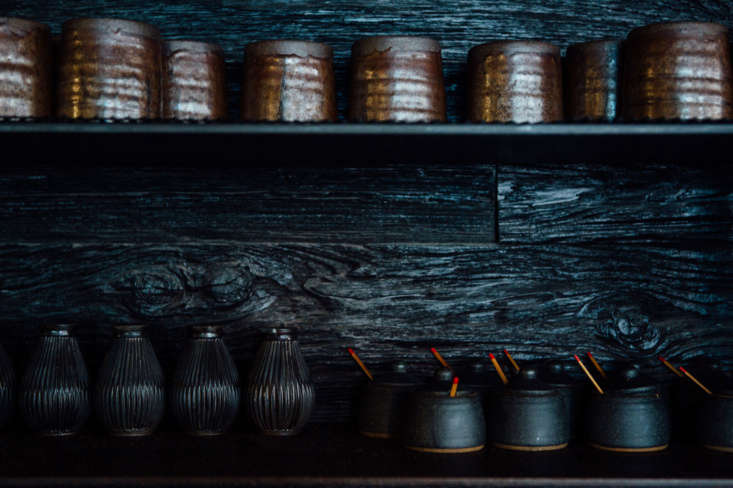
1. Paint it black.
“Painting reclaimed wood a dark hue can completely transform it,” says Lash. “This approach works particularly well with mushroom wood. The softwood boards used in mushroom-growing bins are about as rustic as can get, but they become nearly unrecognizable with a dark finish. The highly sculptural surface catches the light in a dramatic way and resembles shou sugi ban. Bonus: Mushroom wood is suitable for both exterior and interior spaces.”
2. Look for subtle grain.
For a more pared-back, less-rustic look with fewer knots, look to older pine boards. “Many use a stain to erase the busy grain pattern of wood, but antique white pine is perfect for those in search of a subtle, light-colored material,” Lash says. “Wood from virgin growth pine trees often yields boards with the most picturesque grain. Also known as heart pine, it was cut from the country’s original forests long before people knew they would be an exhaustible resource. The grain is tight, linear, and almost wispy. Since there’s very few knots, the pattern flows together seamlessly from board to board. We plane off the surface to reveal a grain so tight that it’s almost imperceptible, and then mill it into beadboard.”

3. Play with proportion.
Bigger boards look intentional, not scrappy.”We love extra wide boards that run the full length of the room. Boards that are 8” are considered wide, though we think 14” boards impart an even more luxe feel,” Lash says.
4. Pay attention to seams.
How boards are installed can make the difference between rustic and streamlined. “Enlist a designer or craftsman that gives serious consideration to the placement of each board,” Lash advises. “One way to ensure a refined look is to avoid end seams. Single boards that run all the way from floor to the ceiling look particularly sophisticated. You can also create a smooth, uninterrupted surface by cladding walls and built-ins in the same material.” He also suggests hidden doors and drawers: “To achieve this look, boards are cut at the edge of the opening, so seams almost disappear. To make doors even more discreet, invest in hidden hinges and they’ll open and close with minimal reveal,” he adds.

5. Counter with sleek materials.
Avoid the old barn look by adding in unexpected materials. “Playing well-worn wood against is new surfaces is an easy way to bring reclaimed materials to a modern place,” Lash says. “Hand-hewn beams become almost sculptural when juxtaposed against crisp white shiplap. Steel stair railings are also great for bringing out the organic quality of wood.”
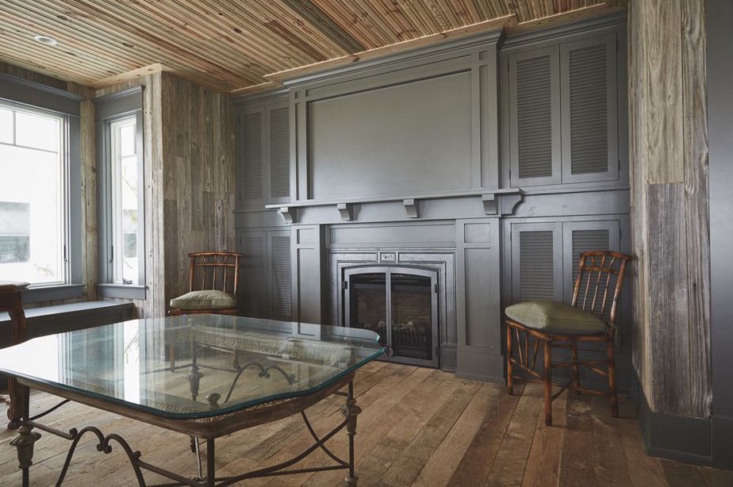
6. Embrace lighter woods.
Think beyond darker salvaged wood. “Antique white pine barn siding has a particularly understated appearance. In addition to its soft texture, it wears to a palette of subtle grays,” Lash says. “White oak is also great for fans of subtle shades. For those who want to cool the wood’s honey tones, we recommend a coat of Bona Naturale Ultra Matte.”
7. Go coastal.
We love using shiplap and beadboard to get the cottage look. Another way to channel a nautical feel, Lash says: “Our reclaimed ipe flooring is an understated way to pay homage to the sea. Because the wood was once part of the Coney Island boardwalk, the salty sea air has worn it to a silvery tone. We recommend leaving the old face on to showcase the wood’s history. Needless to say, it also feels great beneath bare feet.”

8. Don’t mix and match.
Resist the urge to source multiple types of reclaimed boards. “Consistent tone and texture are key when you’re steering clear of the country look,” Lash says. “Panel a room in wood from many different sources and you’re bound to have walls that scream ‘calico’ [N.B.: a mix of wood types]. When possible, we batch wood from the same barn. This guarantees even tone and wear on each board.”

For much more on reclaimed wood:
- Remodeling 101: The Ins and Outs of Reclaimed Wood Flooring
- A DIY Bed Made from Reclaimed Wood
- Reclaimed Wood Floors Made Modern
Frequently asked questions
What is reclaimed wood?
Reclaimed wood refers to wood that has been salvaged from old buildings, barns, or other structures and given a new life in a new project.
Why use reclaimed wood?
Reclaimed wood has a unique character and texture that cannot be replicated with new wood. Additionally, using reclaimed wood helps to reduce waste by repurposing old materials.
How do I know if my reclaimed wood is safe to use?
It is important to ensure that your reclaimed wood is free of any chemicals or contaminants. You can have it tested for lead, arsenic, or other harmful substances, or purchase reclaimed wood from a reputable source that has already gone through this testing process.
How do I clean my reclaimed wood?
You can use a soft-bristled brush or cloth to gently remove any dirt or debris from your reclaimed wood. Avoid using harsh chemicals or abrasives that could damage the wood. If needed, you can also lightly sand the surface of the wood to remove any rough spots.
Can I use reclaimed wood for outdoor projects?
Reclaimed wood can be used for outdoor projects, but it is important to ensure that it is properly sealed and protected from the elements. Applying a weather-resistant finish such as sealant or paint can help to prolong the life of your reclaimed wood outdoor project.
How do I incorporate reclaimed wood into my home design?
Reclaimed wood can be used in a variety of ways, from accent walls and flooring to furniture and artwork. Consider the style and color of your reclaimed wood when choosing the perfect project for your home.
Where can I find reclaimed wood?
Reclaimed wood can be found at salvage yards, antique shops, or specialty retailers. You can also seek out materials from local demolition or construction projects, or even from friends or family who may be renovating their own homes.
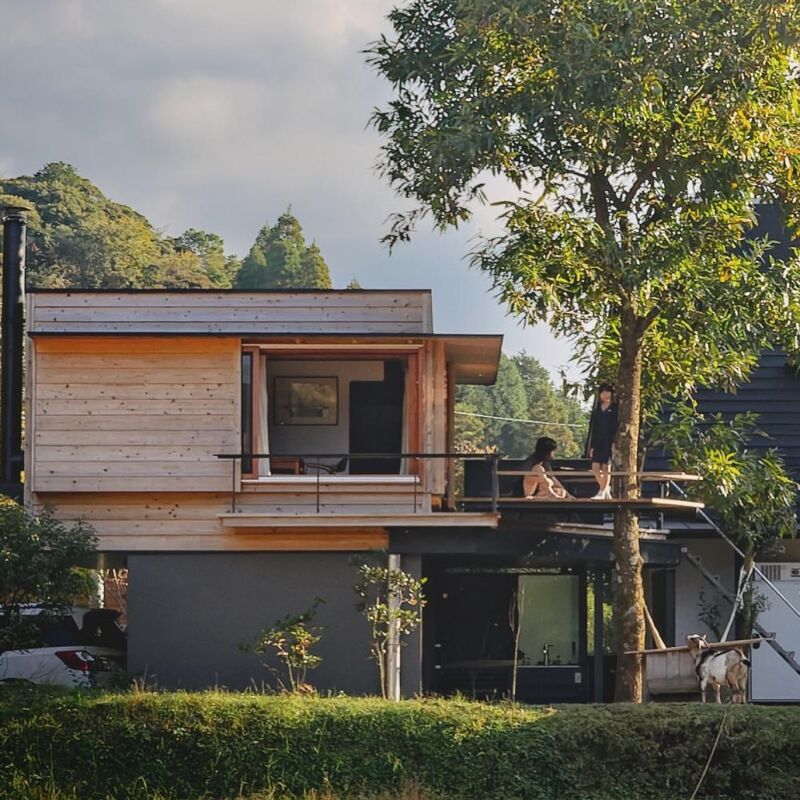
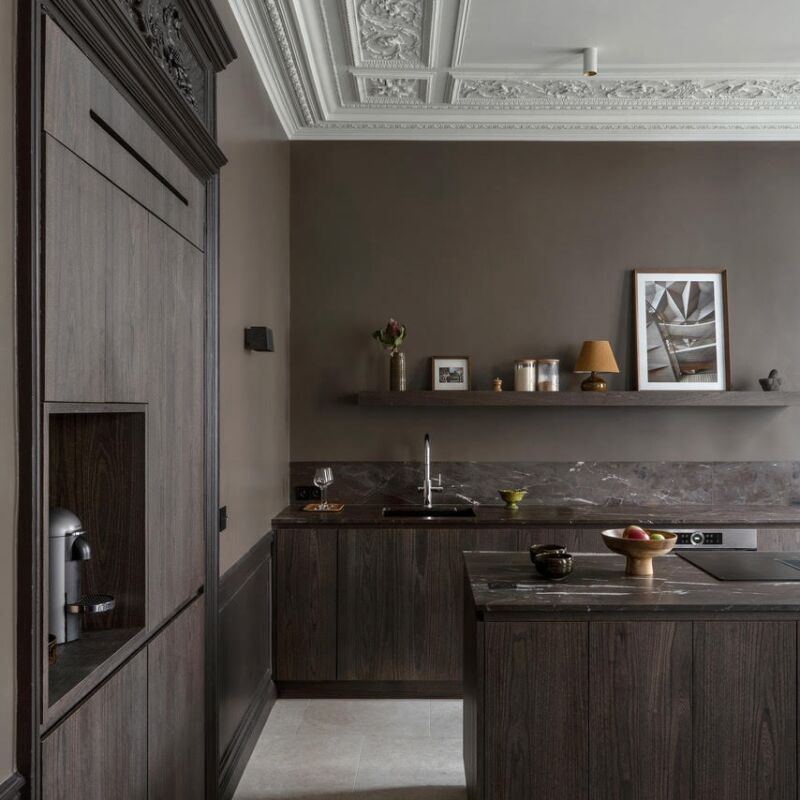
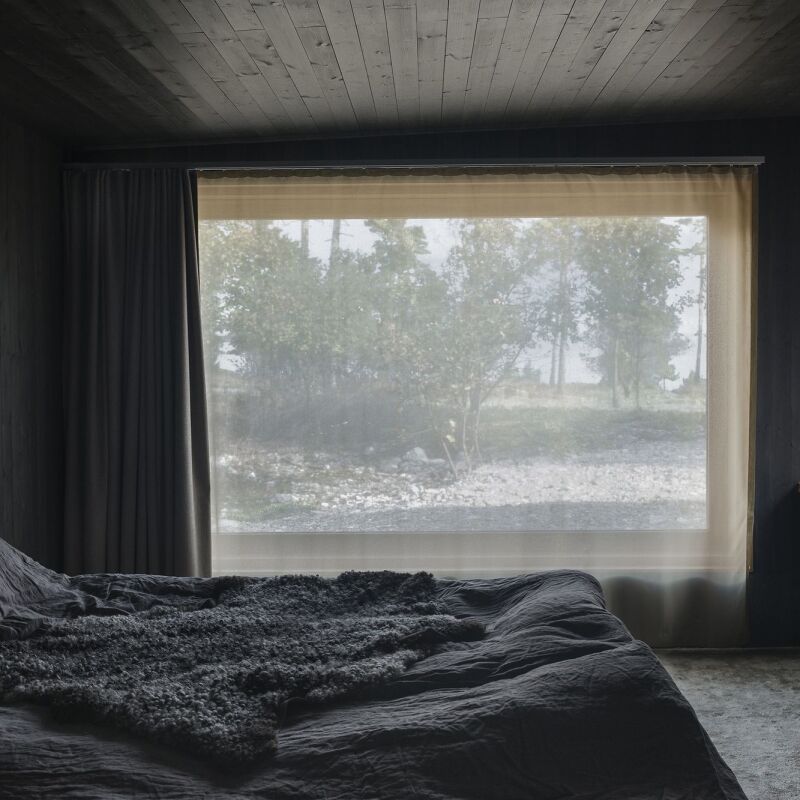


Have a Question or Comment About This Post?
Join the conversation